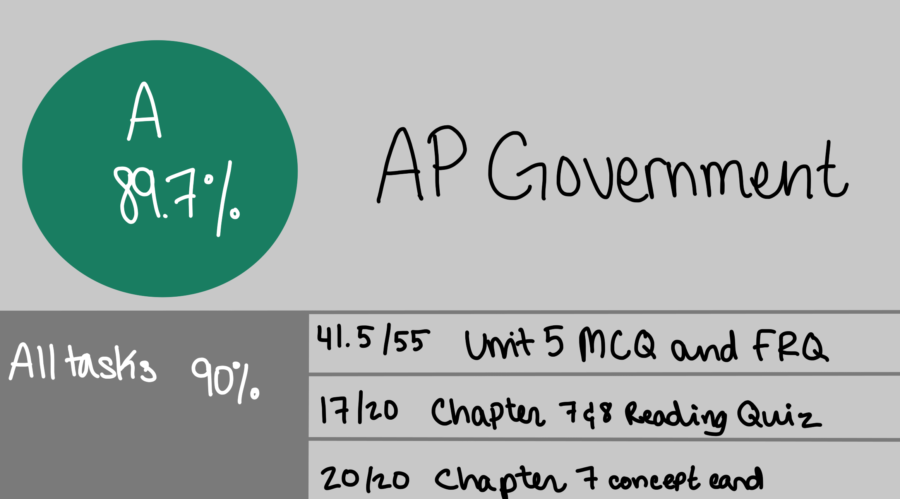In recent months, students have adamantly discussed our current grading policy. Whether it be to criticize or make light of, many discredit how it benefits students in the county. They push for a system that weighs our grades more numerically.
As of this year, the semester grade, which is the one displayed for college transcripts (the grades that matter), are dictated by the letters earned for each quarter. Under this method, a 69.6% and a 79.4% ultimately net the same result of a C and would likely bring your semester grade down, to the frustration of the latter. However, people don’t realize that this polarizing marking system is one of the brightest spots of MCPS — and not for the reasons you may think.
A common argument against the grading system is that it makes higher grades too easy – too attainable. In fact, students often brag about the unfair advantage of the system, when the output grades are very logical. An A and a C are a B, while an A and a B are rounded to an A. It’s a system that holds you accountable for your shortcomings, while rewarding you handsomely for your successes.
Though it may seem boring, you didn’t cheat or finesse the system when you got that A … you just did your homework.
Letters provide comprehensive tiers in which you can easily track and compare students. Focusing on a precise number of points is far more arbitrary and inspires less confidence, as each teacher grades very differently and teaches their courses very differently. For example, some instructors award practice prep for classroom participation, while others are less generous. Some teach at faster paces, while others slow it down and make it more engaging. Students in certain classrooms can benefit or falter from this, and their grade fluctuates a few percentage points, accordingly.
For those who take or took statistics, you may recall Confidence Intervals (CI). A CI is a range of estimates for an unknown parameter. Now, the chances of finding this parameter are obviously higher when the interval’s range is higher. In this case, that parameter we’re looking to find is your true academic proficiency, and by expanding our measurement to roughly 10 point intervals (70-79.4%, 80-89.4%, etc.), we can deduct a higher confidence in the accuracy of our marking system.
Rather, we can better trust that the grades on college transcripts reflect the actual proficiency of the students. Whereas, if we were to measure grades with a raw number, we would simply spit out an uncertain value, or in the same vein of statistics, a point estimate. Of course, the letter system has obvious and capricious flaws, but it’s the best we have. In short, a range reflects general knowledge better than individual values, as they are more susceptible to external influences.











































